Mayana Muse: Janette Yee - How to Heal from a C-Section like an Athlete
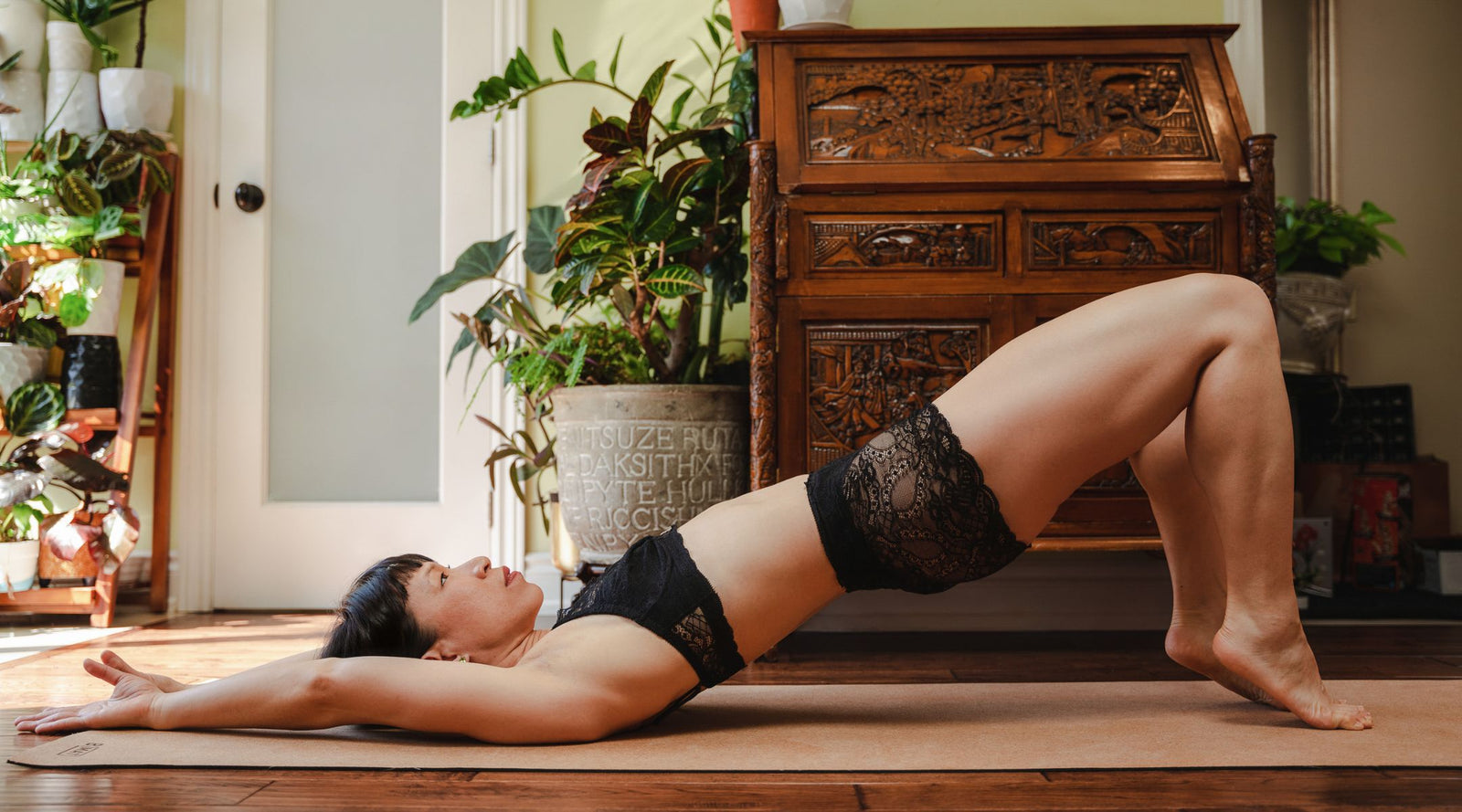
Whether Janette is on the track, training, or sharing her C-section and postnatal recovery expertise on her next IGTV reel, as a perinatal Therapist she is focused on helping mothers postpartum and as an athlete guiding fellow athletes on balancing athleticism and motherhood through informed C-section recovery.
With over 19 years of experience in athletic and massage therapy, Janette’s work as a perinatal Therapist is dedicated to bridging the gaps in healthcare to take a woman safely from conception to childbirth and returning to safe exercise. Although Janette has had two vaginal births of her own, she is extremely passionate about C-section recovery.
Join us as we sit down for this inspiring conversation with Janette about healing, creating a village, and maintaining your identity in motherhood.
AS SOMEONE WHO HAS HAD VAGINAL BIRTHS WHAT MOTIVATED YOU TO SUPPORT C-SECTION RECOVERY?
The reason why I want to focus on Caesarean birth recovery and rehabilitation and not vaginal birth is not that I think vaginal birth moms have it easy, they're like, “oh ya everything is hunky-dory” and they're getting all the support they need, it is quite the opposite.
This is a massive healthcare gap. As a perinatal athletic Therapist, it is beyond me that anyone who goes through acute injury or a massive surgery like a Caesarean birth has no rehabilitation plan.
That wouldn't happen in any other surgery that is “planned”.
I use “planned” in quotations because even if it is an emergency, it is not a surprise someone is pregnant, it is not a surprise that there is a possibility that a Caesarean isn't on that table.
So even though it is an emergency Caesarean, it is a planned surgery, the surgery is something that is going to happen. I think public healthcare is suboptimal for both vaginal and Caesarean birth athletes, but with Caesarean birth athletes, it is just glaringly such a massive gap and women just deserve better.


AS AN ATHLETIC PERINATAL THERAPIST, ATHLETE AND MOM WHAT ARE THE GAPS YOU FIND MOST CHALLENGING IN HEALTHCARE?
People who value their healthspan are not rewarded, not in the way our reactive public healthcare system is set up.
I think there is still a gap that takes that woman from the moment of “injury”, we call childbirth to rehabilitate them back into pain-free active daily living. That is the first and most important, that is the gold standard.
But there is really a lack of taking that person, from no pain and no discomfort of daily activities and then getting them back into sports performance.
Many women recovering from childbirth can experience weakened pelvic floor muscles and specifically with Caesarean recovery abdominal pain, wound recovery, and fatigue. This recovery can take 6 months to up to 1 year to heal.
There is a gap there and that is where I excel in terms of my background education and as an athletic Therapist. Taking that mother who is healthy and active in her daily activities, but then taking them one step further.
Personal experience for myself, 4 years postpartum, after 2 babies, 3 pregnancies, I just returned to running on a track.
This has been only 4 weeks of that and I had a very rude awakening on my third track practice back as someone who is a perinatal Therapist and exercised and provided all kinds of really great basics of strength.
I started leaking, I was running around that track at a very high pace, faster than I’ve ever done before since having kids and I started to pee myself at 4 years postpartum for the first time.
So, when we talk about that healthcare gap, focusing on supporting women going back into sports, that's what I'm talking about.
For women who want to get back into higher-level sports, or sports in general, there are still going to be postpartum implications.
If their strength and recovery aren't taking that one step further, she is going to be discouraged, and their confidence is going to drop, her self-esteem is going to be butchered and then the negative effects of that is, “I’m not an athlete anymore, I should just stick to being happy pain-free, active with my kids.” That’s not good enough.
Serena Williams is one of a handful of professional female athletes who have intimately shared their childbirth experiences. After being rushed into an emergency C-section, Serena experienced serious shortness of breath and had a pulmonary embolism.
This caused severe coughing which re-opened the C-section incision sending Serena back into surgery where doctors found a large hematoma and swelling of clotted blood and she spent the first 6 weeks of motherhood bedridden. Professional and high-intensity athletes can face a different kind of recovery than most moms.
Due to the relaxin hormone being released during pregnancy- mainly to help loosen the pelvis for birth, this hormone also increases a woman’s flexibility but can create issues with muscle capacity.


WHAT WAS THE BEST ADVICE YOU RECEIVED IN THE EARLY STAGES OF MOTHERHOOD AS AN ATHLETE?
When I first read this question I got kind of emotional, because in my early stages of motherhood, both times around, I suffered from postpartum depression, and any advice that would have been helpful, fell upon ears that couldn't hear. I was suffering a lot.
Looking back, there was a pivotal interview I did with one of our Olympic trampolinists, Sarah Charles-Gardiner, who now has a PHD in sports psychology.
Sarah knows what it is like to be forced to retire from a very high-level sport due to injury, and then also become a mother twice herself.
The best advice from her that really stuck with me was that the concept of athleticism means how much can you control your body, how hard can you push it, how fast can you run, how heavy you can lift, how much you weigh, how little you weigh, what is your body composition, what is your resting heart rate.
All of these things are so measurable for the purposes of control, and that is just what athleticism is - how hard can we push and control our bodies?
Our bodies are something meant to control and mold and perfect.
Externally, other people see us as an athlete too, what our bodies look like in terms of demonstration of strength, aesthetics, or performance. We are judged on that and therefore our self-value is confused with that as well.
When it comes to our relationship (with our bodies), especially in being an athlete postpartum, the biggest thing for me was to understand that my body is not something I can control, nor should it be something I should control.
On the other side of that, your body always knows best. If you just listened to it- you would never be injured, you would always be restful, you would do whatever it is that you needed, and you would always be happy, right?
When we take the concept of an athlete’s forced retirement from a sport because of pregnancy, it is no different than forced retirement from a sport due to a sports injury. This is absolutely something I contended with working with athletes in the early stages of my athletic therapy career.
Most notably, while working with postpartum athletes, [there are valid concerns of] the loss of control of their bodies due to pregnancy and the question of whether or not they’ll ever return to their sport.

AS AN ACTIVE RUGBY PLAYER FOR OVER 15 YEARS CAN YO SHARE WITH US WHAT YOUR JOURNEY WITH YOUR BODY IMAGE IS AND HOW/ IF IT'S CHANGED POSTPARTUM?
Honestly, I think as a female athlete I lucked out falling in love with a sport like a rugby.
Rugby is a unique women's sport in the sense that it is possibly one of the most inclusive sports I’ve ever had the opportunity to play or be a part of as a Therapist, a spectator, or an athlete.
It welcomes all shapes, sizes, races, genders, and sexual orientations, abilities, body shapes, and [even though] I was the skinny, small, fast girl it didn't matter, it was so welcoming.
That was celebrated in the world of rugby performance. That was a really refreshing way to measure success.
Now what’s interesting is that in postpartum, I can say that I don't really think I ever had body image issues as an athlete.
Again, that was a big part of the sport I was so closely involved with- however, my body image became a massive part of my focus after pregnancy. I know that played a lot into my postpartum depression.

BREAST SIZE AND SHAPE IS A COMMON TOPIC WITH BOTH POSTPARTUM AND ATHLETICISM, CAN YOU EXPAND ON YOUR RELATIONSHIP WITH THEM, DID IT CHANGE AFTER CHILDREN, AND IF SO HOW DID THAT IMPACT YOUR SELF-ESTEEM?
Here’s what's interesting- I’ve always loved my breasts, I’ve always been an A cup at the very most and it's always been playing rugby, a point of self-acceptance with self-deprecation and everybody just celebrating every kind of body shape and size.
I always claimed my small chestedness as my strength and I loved it and I celebrated it.
It was very much a part of me and my breasts always were a happy part of me- I never minded it, it was a great thing. It allowed me to run- unlike my other teammates who needed to wear 2 bras so it wouldn't be hurtful while sprinting down the field and getting tackled. I don't have that problem, I don't have any breasts.
I think what really just erased any kind of self-judgment or shame or anything like that about my postpartum breasts was when my little girl, she was maybe 3 at the time, saw my breasts and my nipples and my nipples had gotten very dark and very big when I was nursing my son. She laughed out loud and pointed at my breasts she went “Mommy, your nipples look like tiny meatballs'' and it was so pure and I looked down and they did look like tiny meatballs and that was just great, it was perfect and anything that I doubted about my body was just erased then and there.
So I and my small breasts and tiny meatballs are now beautifully and sexily adorned with my Mayana Genevière bras which are handmade and just gorgeous. So, to a certain extent, I thought these meatballs would never look sexy, but that's just not true.
My breast and my body are sexy in different ways and I embrace them wholeheartedly now at age 44.

AS SOMEONE WHO OWNS MAYANA GENEVIÈRE PIECES, DO YOU THINK IT'S IMPORTANT TO INVEST IN FUNCTIONAL AND BEAUTIFUL UNDERGARMENTS ESPECIALLY AS SOMEONE WHO WEARS ATHLETIC CLOTHING DAILY?
For me, yes. Because I appreciate the beauty and the sexiness of black lace, of beautiful, delicate handmade pieces that are full of artistry and thought.
Everything that clothing used to be before clothing became mass-produced over the past 100 years, I think there is something just so gorgeous about owning a timeless piece.
Certainly, that is a mindset thing. Did I always care about beautiful lingerie?
Yes, but I didn't care so much about the longevity of beautiful pieces because we are all a part of the fast-fashion culture and we are brought up in our teens and 20s and even our 30s to think that way.
Now in my wisdom being a 40-year-old, ya absolutely, I think it is something that I definitely value if I do purchase more beautiful pieces I would be considering MG pieces going forward.
And as an athlete, you are right, I’m not going to be wearing a gorgeous lace bra to track practice, but I’ve said this a million times before, I’d be the last person to purchase lace underwear.
Because you work out, you sweat and you're wearing sweaty underwear and sweaty yoga pants and you get acne on your butt and lace is the last type of material you would want to put on your butt- you’re just gonna get more acne.
That wasn't even the case, I was so relieved and surprised, a feeling of yes I can wear gorgeous things and not have to suffer.
Honestly, I have been singing from the rooftops the highest praise of this black lace gorgeous underwear that is comfortable and sexy and sustainable and all those wonderful things. Ya, I will be wearing these pieces for the rest of my life.
Within 2 weeks you should see significant improvement in your scar’s recovery. Janette suggests that at the 6-week mark you can begin doing scar massages to help both your scar and fascia tissue on the road to recovery. Check out her website for a plethora of free resources to guide you through an effective massage routine.
In addition, Janette recommends wearing underwear that is high-waisted to support incision healing. High-waisted underwear with compression can reduce pain and swelling by keeping your incision feeling snug and protected. Mayana Genevière carries high-waisted bottoms with organic cotton gussets including the Boyshort in Janette's look, check out this collection of bottoms to support your recovery.

As an Asian woman in my 40s I am pretty much 1st generation Canadian. My dad was born here, but my mom who I very closely identify with immigrated here for university and she didn't even speak the language.
I break the traditional mold of a Chinese woman- I am an entrepreneur, I have a job (not a stay at home mom). I’m not just active- I am an athlete.
I have competed at very high levels, I have played a focused sport- rugby, which is possibly the antithesis of femininity and traditional Asianess you can be and I did excel academically, but that wasn't my passion.
Certainly, sexuality as an Asian women is not to be talked about, we don’t talk about sex, we don’t self-identify as being sexy or desirable. It is more of a survival and quiet expectation that traditional Asian culture would be on the women.
Owning beautiful pieces from MG further sets me into my own individuality and saying “This is me. My identity as an athlete, an entrepreneur, a person who loves life and explores and is curious, outgoing, and an advocate.”
Having black lace pieces under my brown turtleneck- that is something for me. To feel strong and sexy to me, under my own clothes does something for me and my self-esteem and my individuality.
MG clothing really is a statement that I make for me to say- I’m a fierce, sexy woman and I am those things for the person that is most important in my life which is me and no one else.

WHAT IS NEXT FOR YOU? WHAT WOULD YOU LIKE OUR AUDIENCE TO KNOW?
As the founder of The “Proactivemoms Method”, an exercise and rehabilitation program designed with athletes, I want women to stay connected and empowered to their healing. For anyone who can use a supportive coach cheering you on, you can check out more of what I do here.
HOW CAN PEOPLE STAY CONNECTED WITH YOUR JOURNEY?
You can find me on Instagram @askjanette where I hold weekly IGTV Q+As or over on TikTok where I teach women different exercises that promote a healthy C-section recovery.
A special thank you to Osato Erebor for capturing Janette so beautifully in her element.

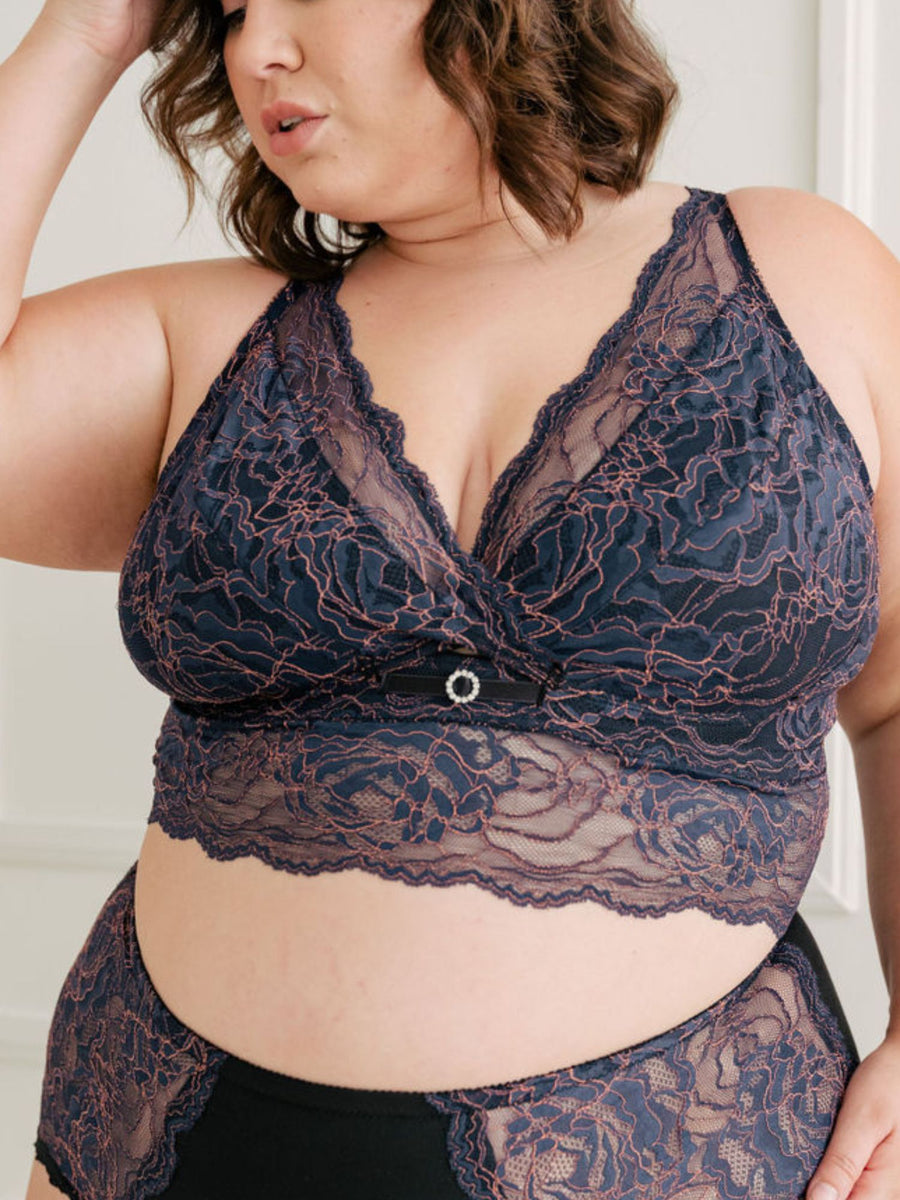
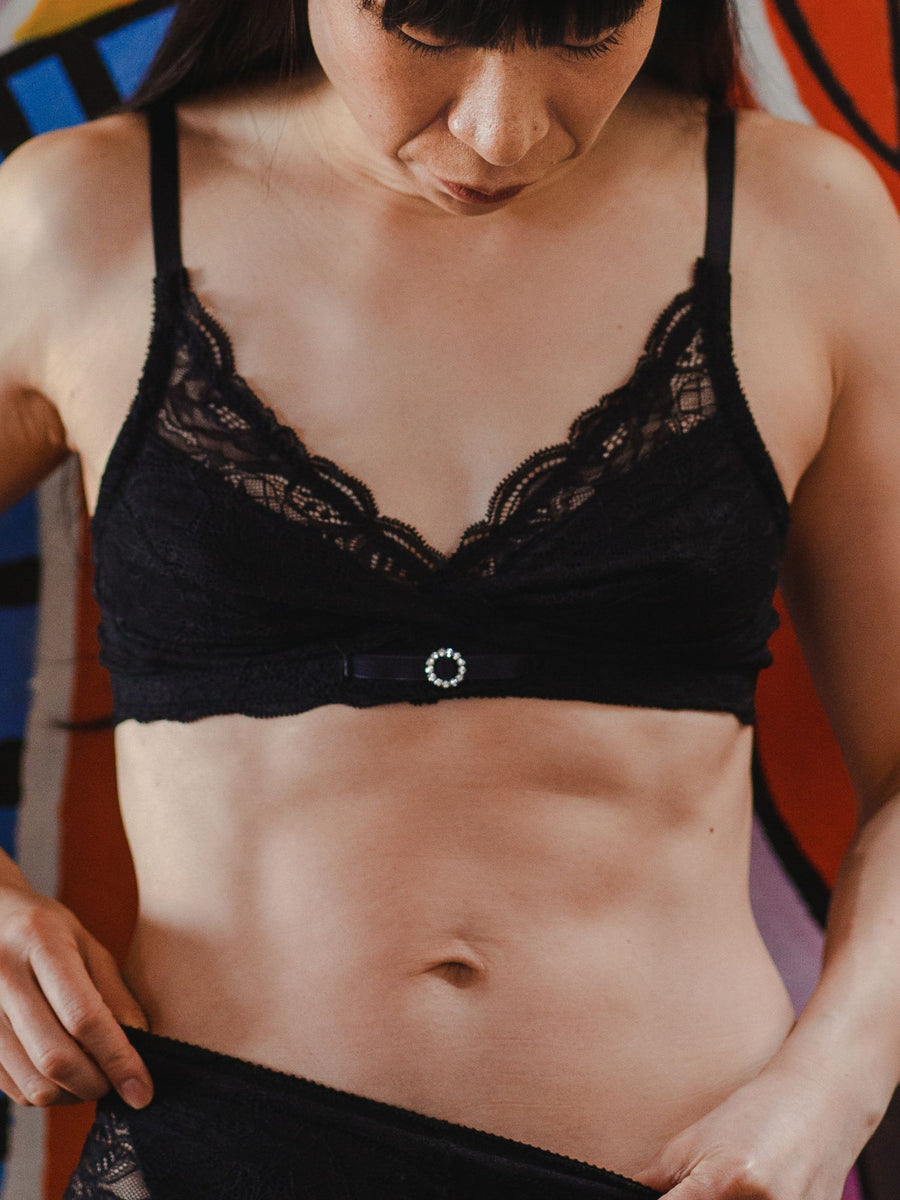
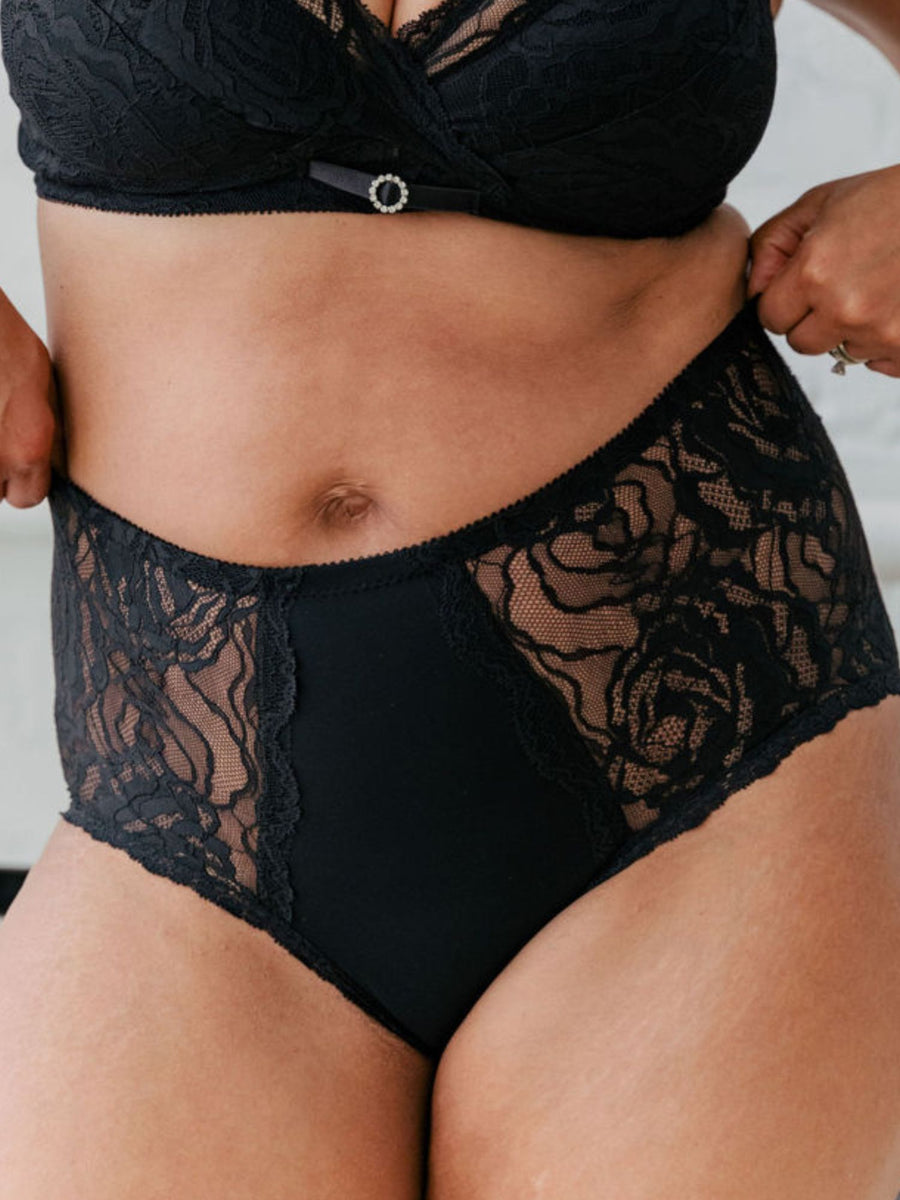
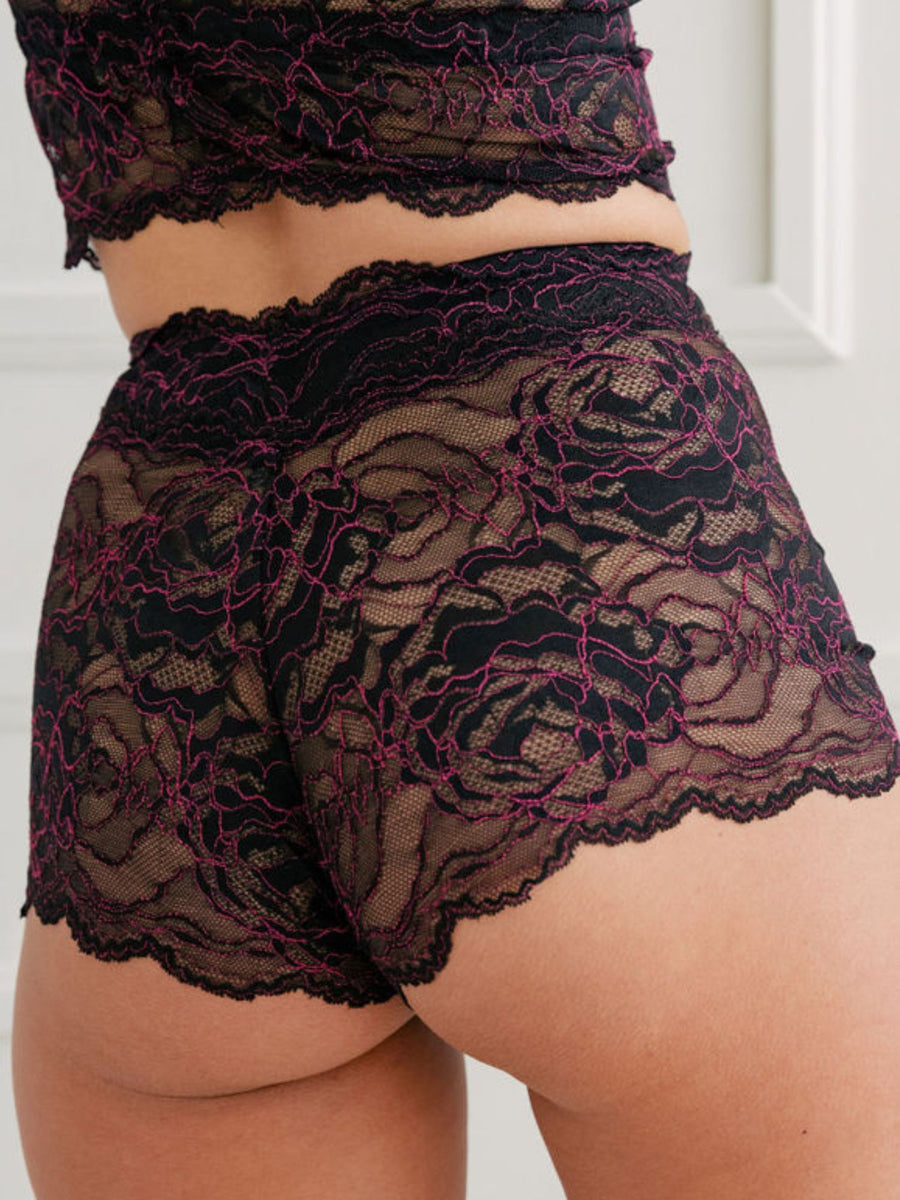
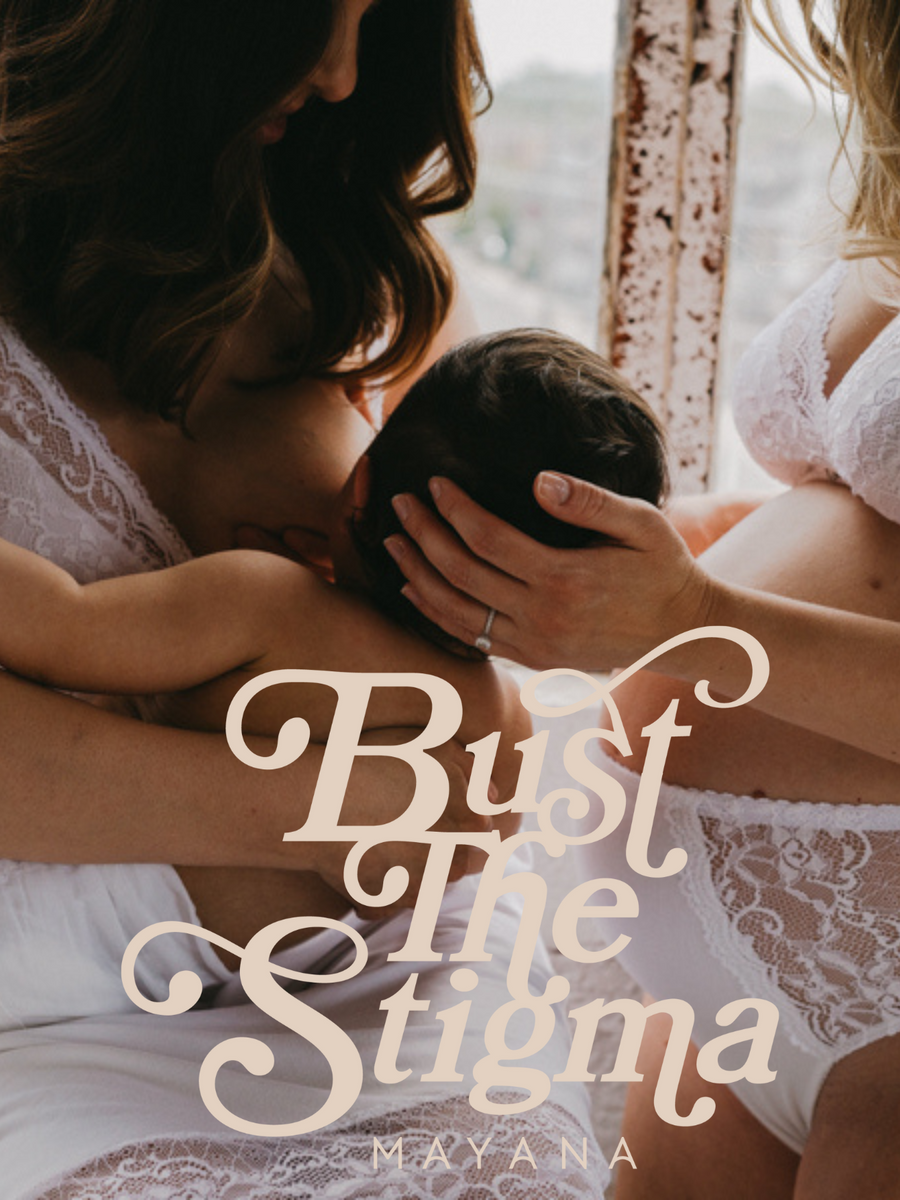
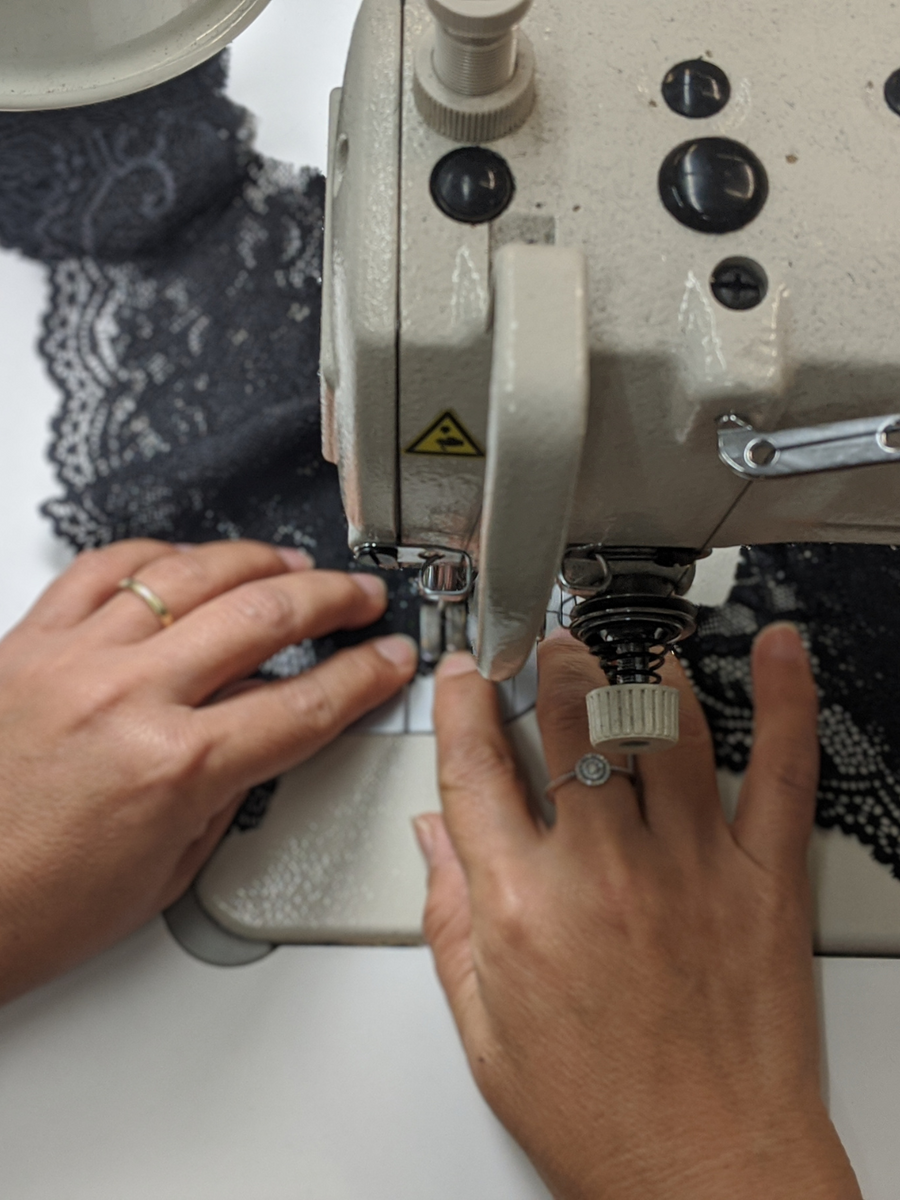
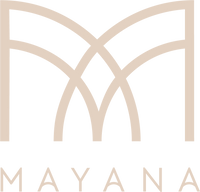



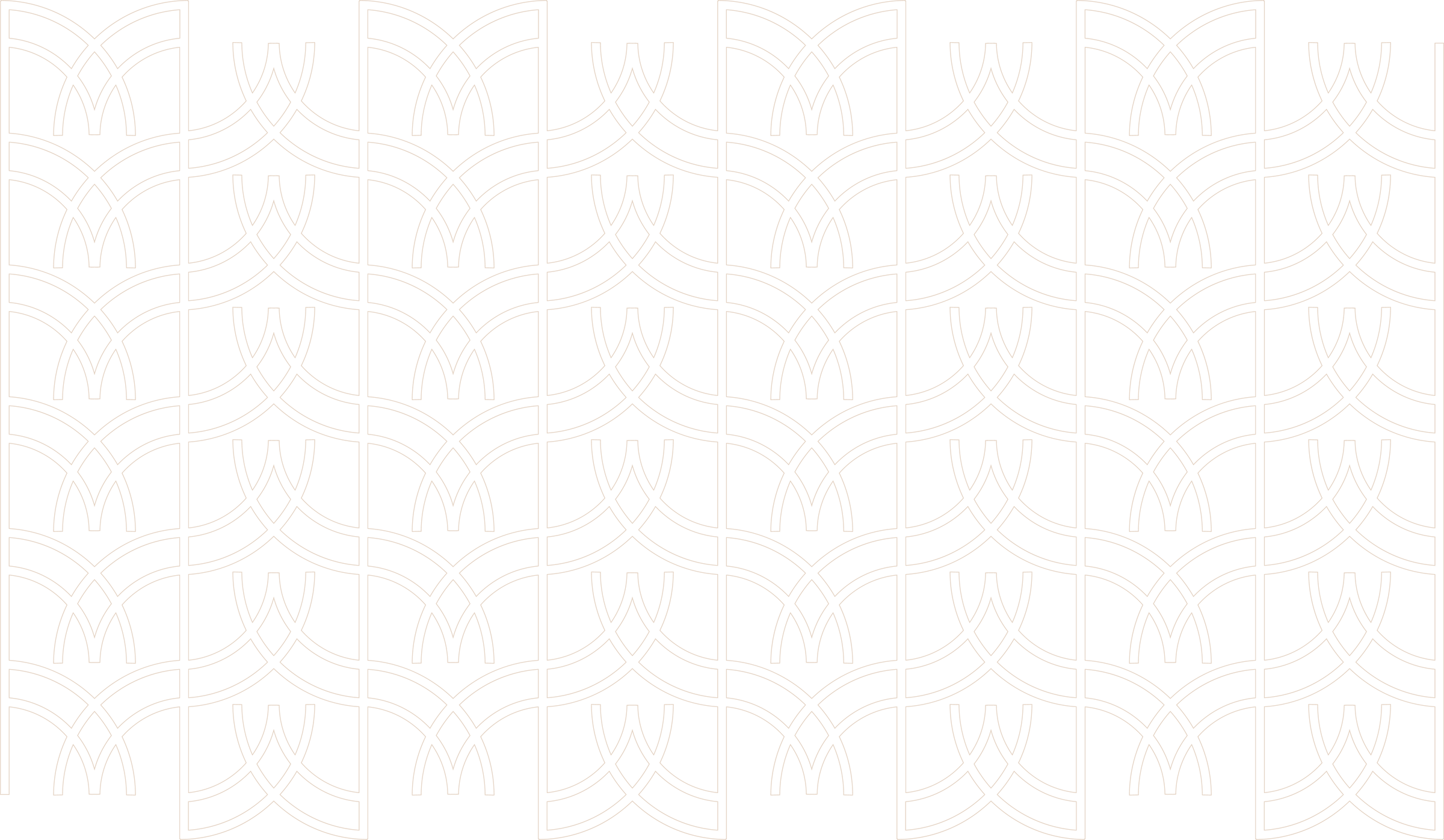
Leave a comment